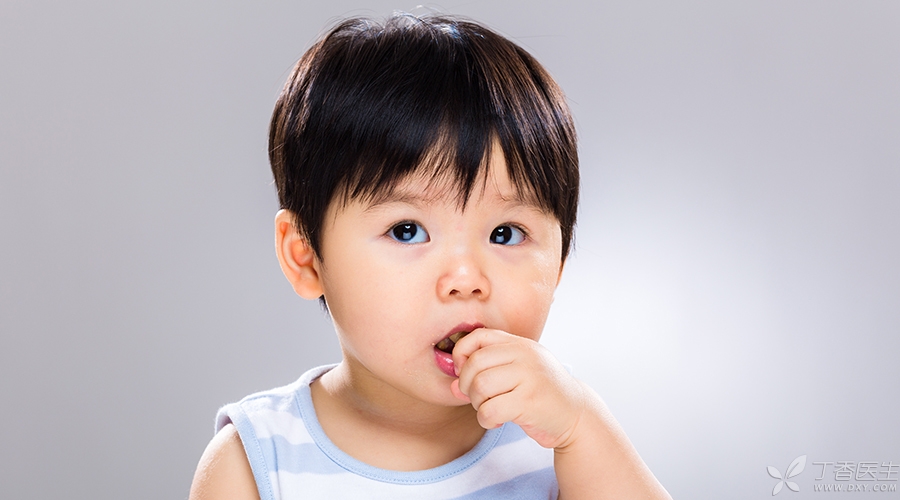
At present, there are more and more supplementary foods for infants on the market, which can be bought directly for infants, which is not only convenient and fast, but also allows parents to steal laziness occasionally.
However, parents must keep their eyes open when choosing supplementary foods for babies. Not all businesses claim that supplementary foods suitable for babies are really suitable for babies.
Is net red complementary food really suitable for babies?
For example, this [OHGIYA cod cheese bar in Japan’s fan house], which is often sold out of stock in a treasure and friends circle, is simply a net red in the complementary food industry. (Ding Ma searched it specially and found that the sales volume was really very good.)
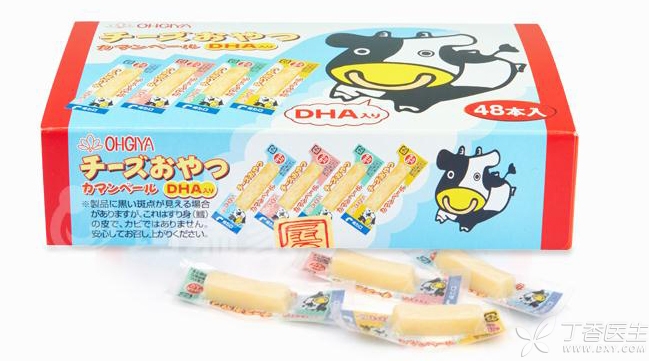
In the seller’s publicity, it is said that this cheese bar is rich in calcium and DHA, which can promote the brain development and bone development of babies. Many sellers have also specially marked that babies over 9 months old can eat it.
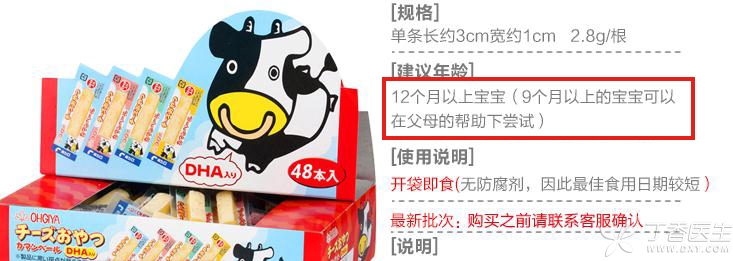
The store’s customer service staff also said that many Japanese mothers use this cheese bar as a supplementary food for babies.
Customer service personnel also said that this cheese bar is divided into two types. Yellow packaging contains more calcium and has a shelf life of 120 days. Blue packaging contains more DHA, with a shelf life of 10 months. Both are suitable for babies to eat and supplement the nutrition they need everyday.
However, Ding Ma also saw that some netizens said that this cheese is not a supplementary food for babies in Japan, the country of origin, but a drink for Japanese adults when drinking! The salt content is very high and is not suitable for infants.
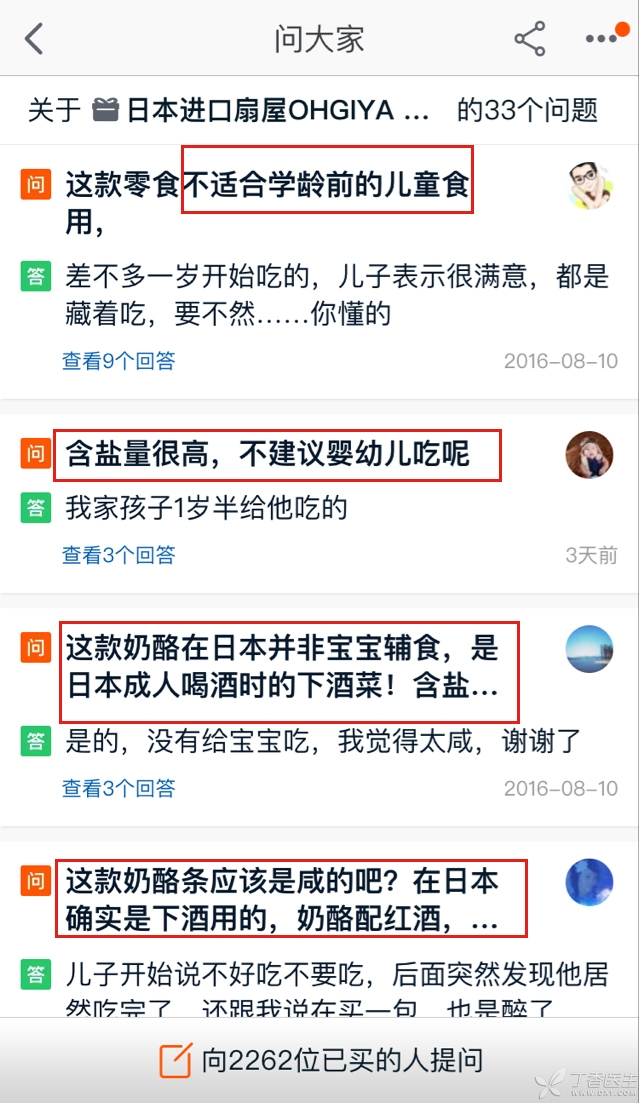
In fact, the most direct way to judge whether a food is suitable for babies is to look at the label on the package.
How do you think it is suitable?
STEP 1 Look at the food composition list
Let’s look at the food composition list of this cheese bar first.
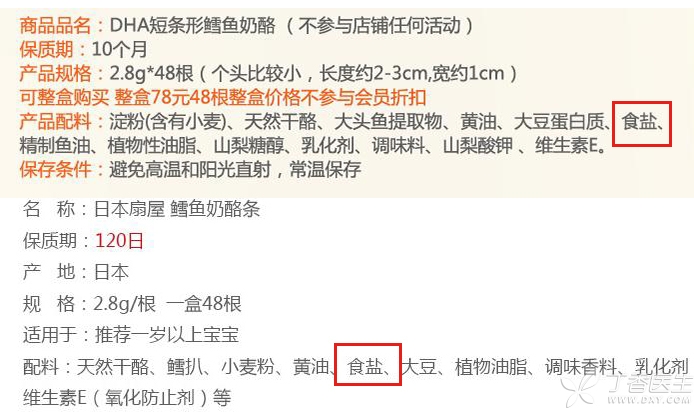
Whether in yellow or blue, the ingredient list says [salt] has been added.
According to the recommendations of < < Dietary Guidelines for Chinese Residents > >, infants under 1 year old do not need extra salt, and sodium in breast milk or formula milk and other supplementary foods is enough for babies’ daily needs.
For children aged 1-3 years old, although the daily sodium requirement is higher than that of babies under 1 year old, under normal circumstances, they can also obtain enough sodium from natural foods. At this stage, babies should still eat less salt, and their diet should be light, avoiding high-salt foods, which is helpful for babies to form a good habit of light diet.
In addition to salt, this cheese bar also adds some other seasonings. Although the taste may cater to the baby’s preferences, the original food is the most suitable for the baby.
Step 2 Look at the nutrition label
It can also be seen from the nutrition label that both blue and yellow foods are full of high sodium, and the sodium content in them has reached 1300 mg/100 g.
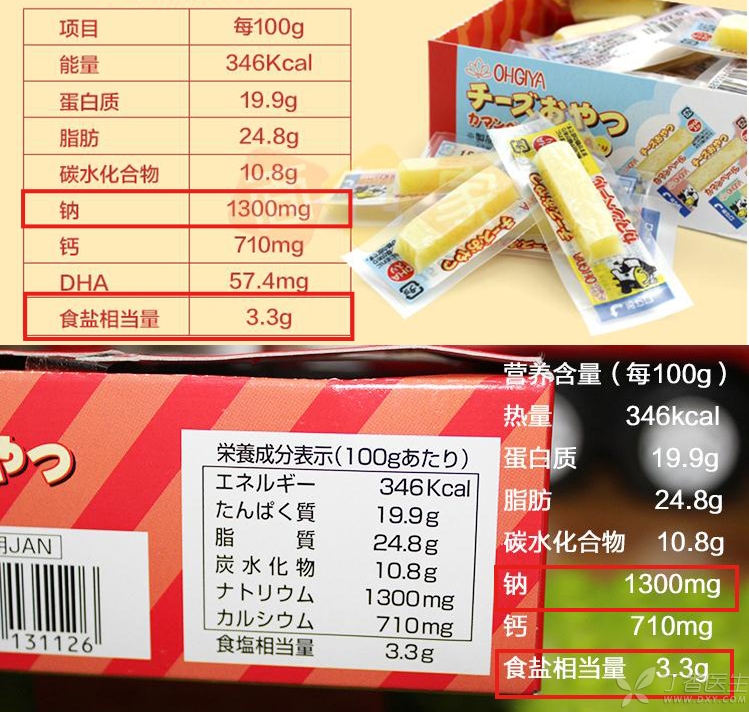
Although it can also be seen from the nutrition label that this cheese bar is rich in calcium, DHA is also added to the blue version.
However, under the premise of such high sodium content, the advantages of high calcium content and DHA content can be basically ignored.
In terms of nutritional composition, this cheese is actually produced according to adult standards. In Japan, it can be used as food and snacks.
For babies who are still eating breast milk and formula milk, drinking milk can obtain enough calcium. Even if babies no longer eat breast milk or formula milk, they will completely choose milk, yogurt or fresh cheese without salting. Besides dairy products, tofu, soybean milk, green leafy vegetables, sesame seeds, nuts and other foods are also rich in calcium content.
As for DHA, although DHA can promote brain development, this does not mean that children will become smarter after eating DHA.
If you want to supplement DHA to your children, you can add seafood with low mercury content in your diet, such as salmon, sardines and other marine fish, shrimp, crab, shellfish, cuttlefish, kelp, laver, Undaria pinnatifida and other marine algae.
If you still want to use this cheese bar to supplement DHA to your child, you should wait at least until you are 3 years old, and you should control the amount and not eat more.
To sum up, this cheese bar is not very suitable for infants.
In fact, besides this [serving wine and vegetables], there are still some things that are not suitable for supplementary food. Click here to learn about it.
